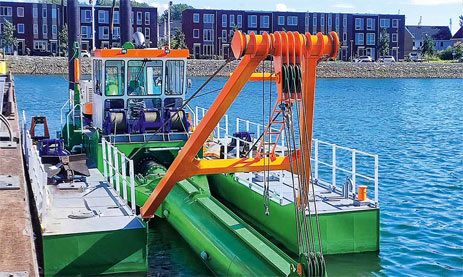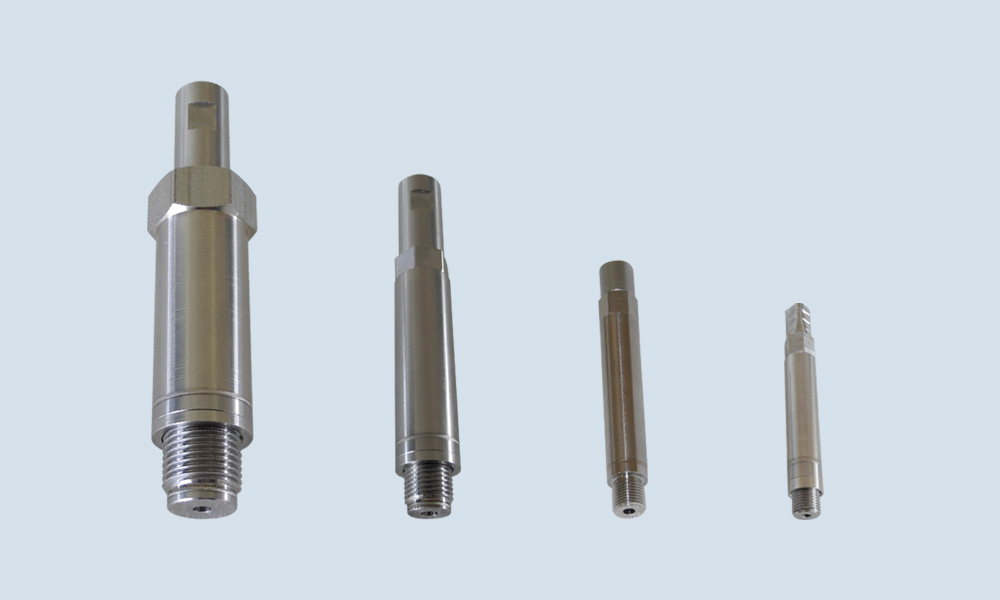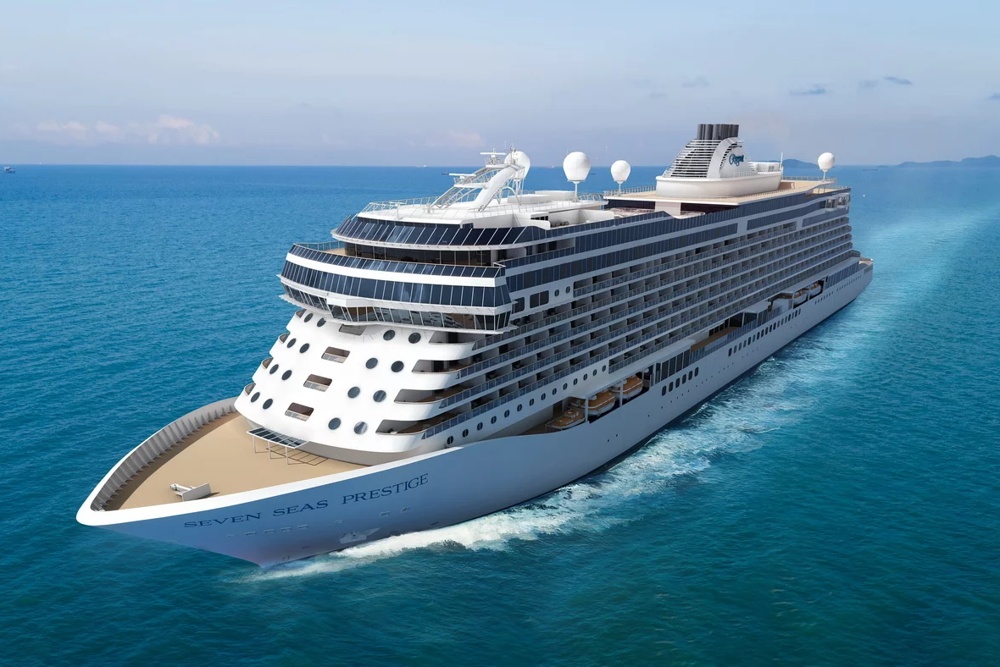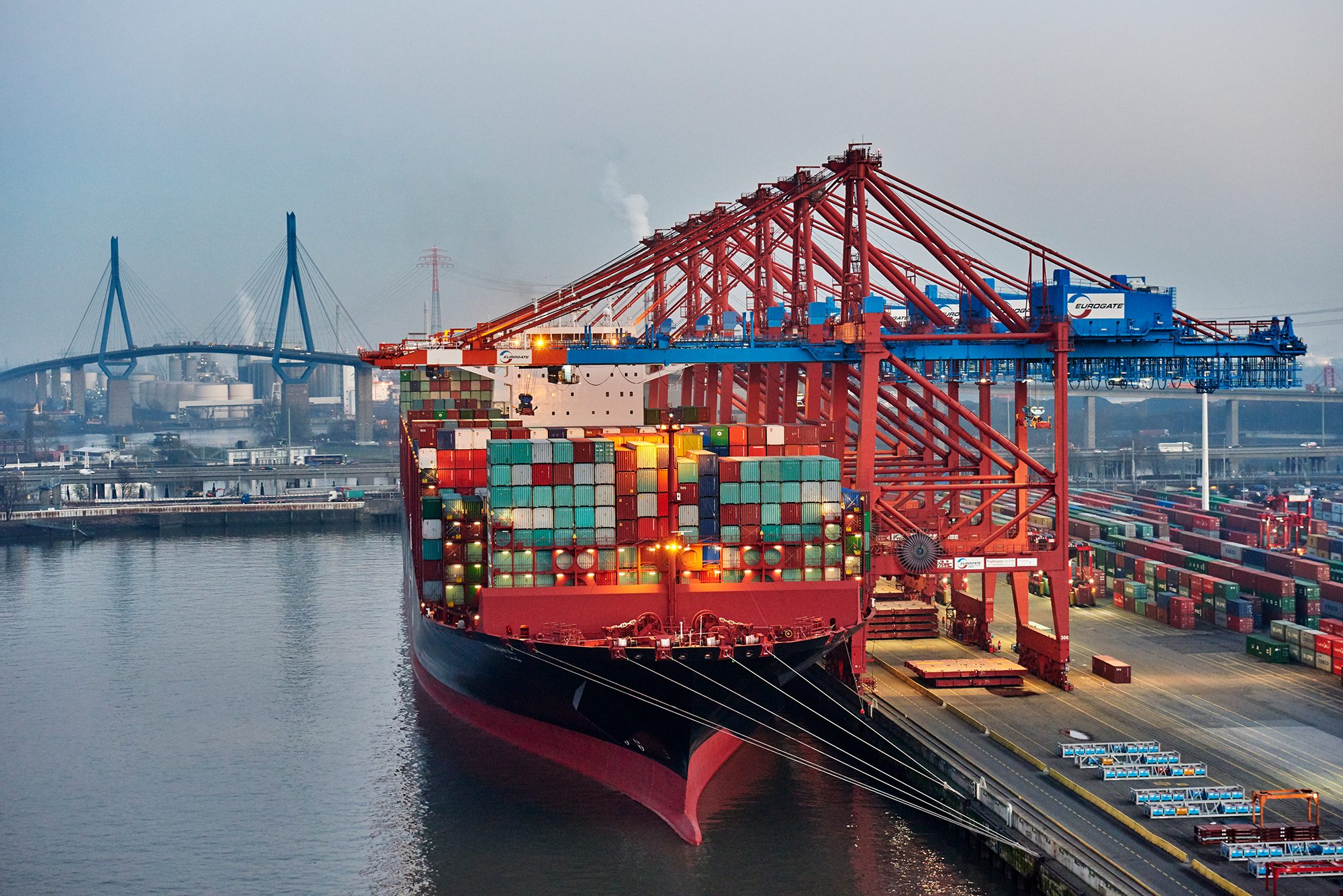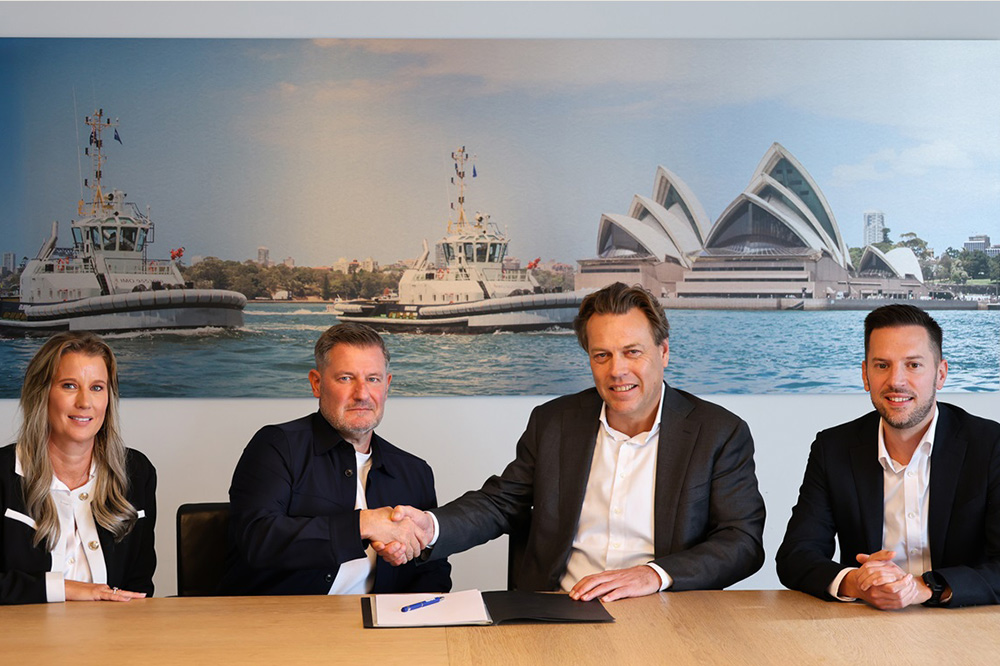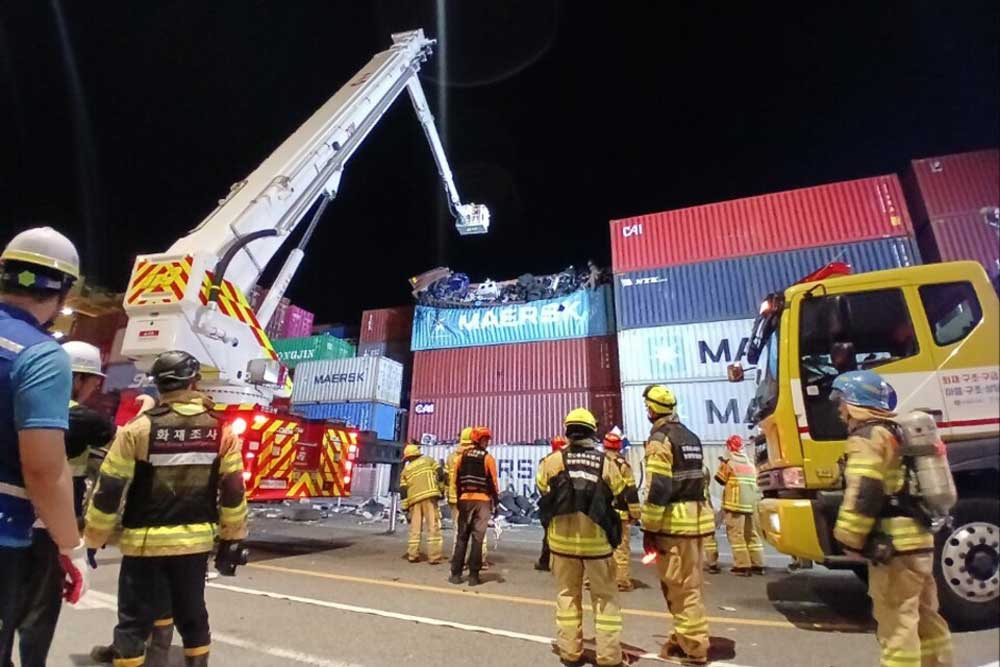The USA, Canada, Russia, China and Germany are currently renewing their icebreaking capacities or upgrading their fleets. In light of climate change and shifting geopolitical dynamics, these nations are turning their attention to the Arctic.
South Korea is now planning a second research icebreaker for the Korea Polar Research Institute (KOPRI), following the “Araon”, which entered service in 2009. Like several other projects around the world, the Korean initiative has faced a number of delays and setbacks.
Most recently, a funding shortfall had to be addressed. The project budget has now been increased from 180 million to 220 million US dollars. A tender scheduled for May is expected to identify a suitable shipyard for construction. By comparison, Germany’s new “Polarstern II” is expected to cost nearly €1 billion.
Icebreaker will be powered by dual-fuel engines
The Korean research vessel will be similar in design and purpose to its German counterpart. Equipped with dual-fuel engines (including LNG), the new icebreaker will be twice the size of the “Araon” (which has a displacement of 7,500 tonnes), and roughly the same length as the upcoming “Polarstern” (160 metres).
South Korea has been an observer state in the Arctic Council since 2013 and has played an active role ever since. The country’s shipyards – particularly Samsung Heavy Industries and Hanwha – have contributed significantly to the expansion of Russian gas production in the Arctic through the construction of ice-class tankers for gas and oil transport.










